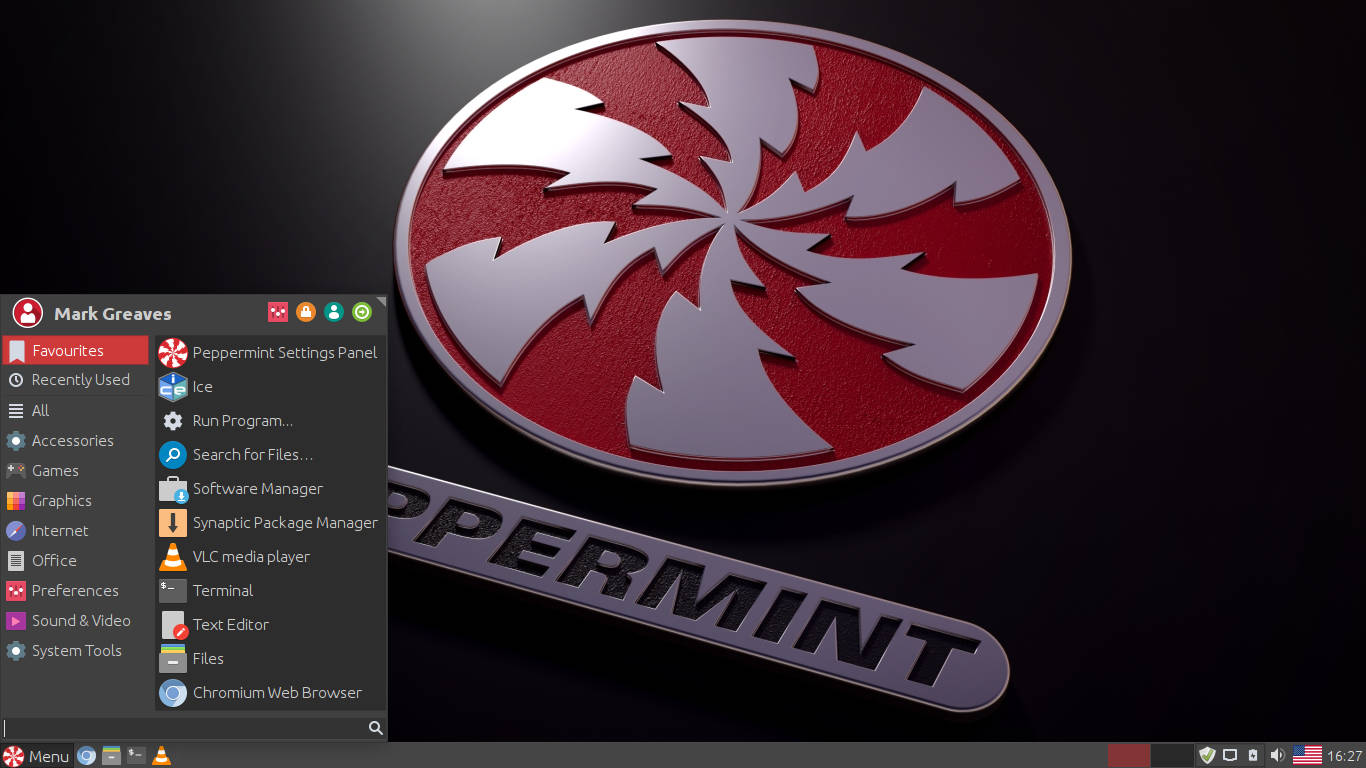Old atoms from the dark netbook days and atoms now are on completely different levels. Atom cherry trails are pretty decent for what they are. They are cheap and get the job done and can run plenty of games within reason. Performance is nice for daily tasks as long as windows is clean (I had to reinstall Windows on my 2 in 1 to gain reasonable levels of performance, not sure why it was choking out of the box). I need something better though for gaming reasons, an i5/mx150 would compliment me just fine.
It's a budget mobile chip but SO much better of atoms of old which I would argue were borderline unusable unless linux was slapped on them.
It's a budget mobile chip but SO much better of atoms of old which I would argue were borderline unusable unless linux was slapped on them.


